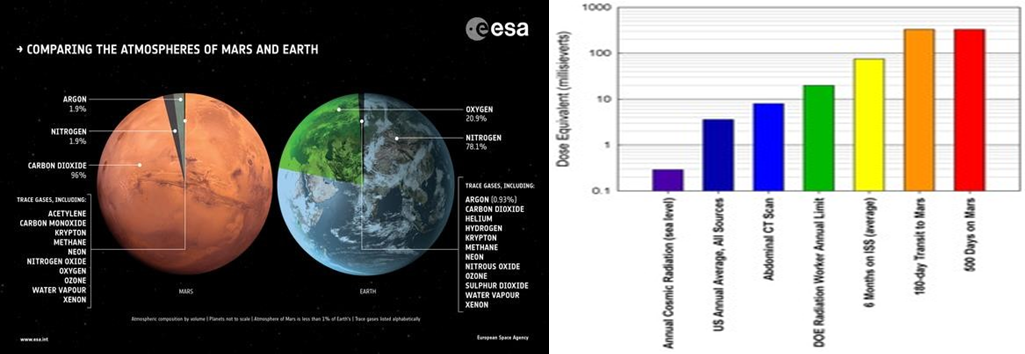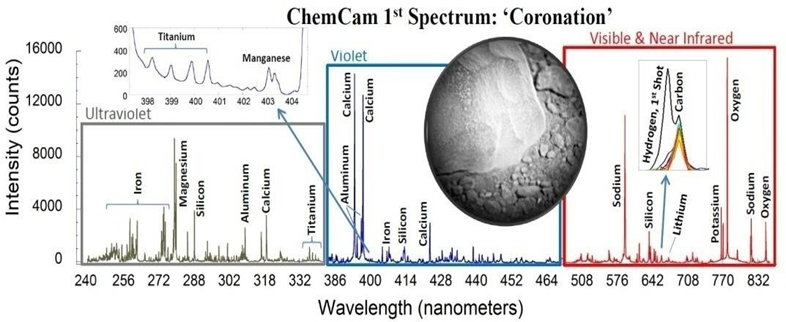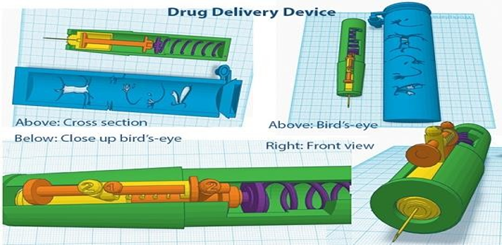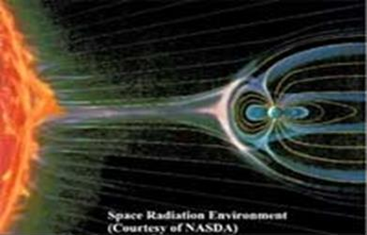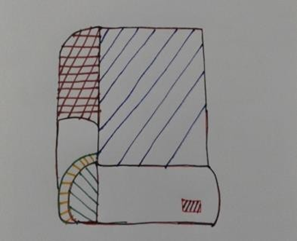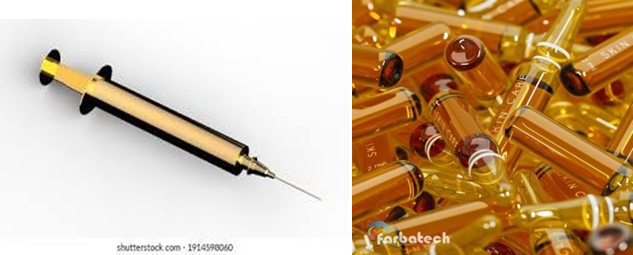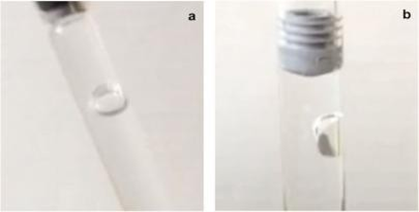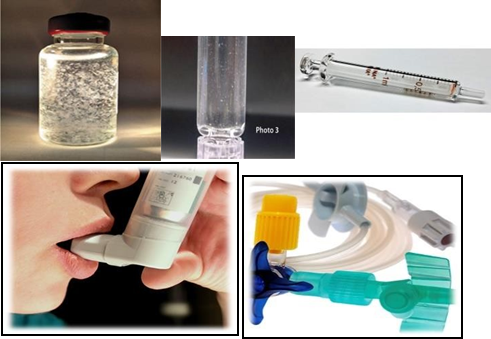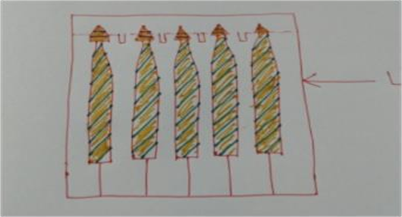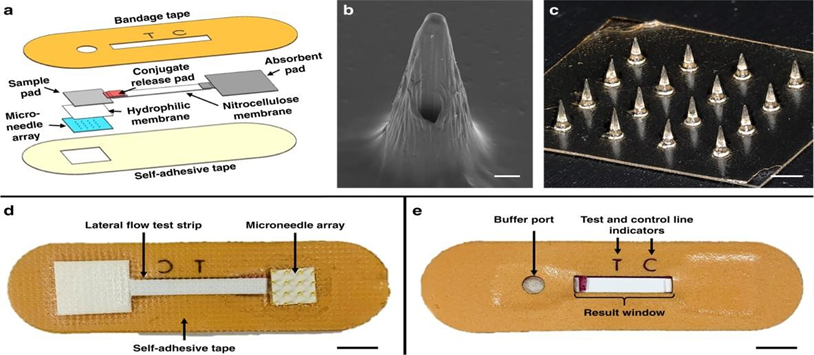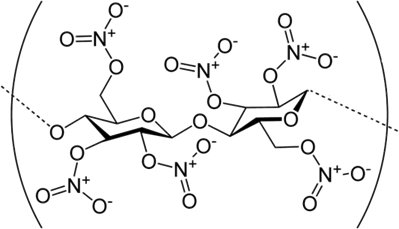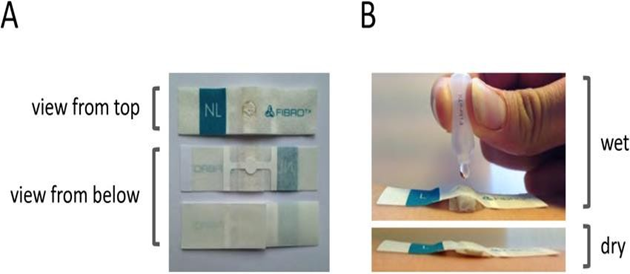Research Article | DOI: https://doi.org/10.58489/2836-2330/004
Packaging Challenges in Multiplanets
*Corresponding Author: Anupam Chanda
Citation: Anupam Chanda, (2022). Packaging Challenges in Multiplanets. Journal of Clinical and Medical Reviews. 1(1). DOI: 10.58489/2836-2330/004
Copyright: © 2022 Anupam Chanda, this is an open access article distributed under the Creative Commons Attribution License, which permits unrestricted use, distribution, and reproduction in any medium, provided the original work is properly cited.
Received: 07 November 2022 | Accepted: 21 November 2022 | Published: 21 December 2022
Keywords: anti-cancer, HIV, wide range of vaccines, Covid -19 drugs and Biosimilar products
Abstract
I have been involved in basic research for more than 10 years for innovation of wide range of pharmaceutical products New “Packaging design for Drug delivery” like “Solid doses, Injectables (for anti-cancer, HIV, wide range of vaccines, Covid -19 drugs and Biosimilar products) in “Microgravity Environment like MARS mission.Looking at the presentecological imbalance Scientists are thinking for multiplanetary living system in order tosurvive human species.As we know different planets having critical climatic conditions and Packaging will play a vital role. We as a scientist have clear vision about things are going to happen after 100 years in other planets and from now, we have to keep ready “Packaging designs and delivery systems” for life savings drugs and essential medicines for Astronauts and visitors.
Mars Vs Earth Comparisons
Climatic conditions:
| Minimum Temp | -81-degree F |
| Maximum Temp | +70 degree. F (winter) |
| Distance from Sun | 141000000 miles |
| Diameter at equator | 4222 miles |
| Co2 | 95.32 % |
| N2 | 2.7% |
| o2 | 0.13% |
| Argon | 1.6% |
| Gravity | 3.72076 ms-2(approx. 38% ofEarth) |
Note: Also observed: water,nitrogen oxide, neon,hydrogen-deuterium-oxygen, krypton and xenon
| Radiation: 24-30 rads or240-300 mSv per year. This is about 40-50times the average on Earth. | EARTH | MARS |
| Weight | 5.972 × 10^24kg | 6.39 × 10^23kg |
| Gravitational force | 9.8m/s2 | 3.711 m/s2 |
| Minerals | ||
| Max /Min Tp | Max 58 Deg.C / (-88 Deg.C) | Max 30 Deg.C /-153 Deg.C) |
| Rh | 30 % Average | 80- 100 % |
| Ice/water | yes | yes |
| Gases | contains 78% nitrogen and 20% oxygen. There are also smallamounts of other gases, including carbon dioxide (0.04%) | 96% carbon dioxide and only 0.145% oxygen. The Martian atmosphere is also “thin”, because it is 100 times less dense than Earth’s atmosphere. |
| Hydrogen | Source of energy | |
| Wind strength | 60 miles an hour | 60 miles an hour |
Critical: Parameters: Surface temperature Atmospheric pressure Atmospheric composition Carbon/oxygen cycles Nitrogen cycles Magnetic fields achieve temperatures and pressures similarto standard atmospheric temperature and pressure here on Earth.
How Injectable device will work in MARS
Application Methods:
- Draw up the drug by the needle from the vial with the piece labeled“1” and lock it in place by rotating it to the side.
- Load the spring by pulling both bars labeled“2” into the slots at the end.
- Before administrate the drug, press the device against your leg or arm and release the bars from the slots. This will release the spring and simultaneously push the needle into the body and inject the medication. The device and the containershould be printedout of plastic, and the needle shouldbe printed from stainless steel.It is designed for both the microgravity trip and the one-thirdgravity of Mars.
Recommendations:
- In order to avoid extremeheat and radiationbetter to use “Multilayer bottles(black coating inside)
- Outside and inside “Black ink (food grade) layer need to use.
Packaging for “Injectables” (Microgravity)
Recommendations:
- Outer surface of the “Vial,PFS and cartridges” should be “Lacquerwith gold ink”
- You can go for “black /gold lacquering”.
Bubble Free Injection Syringein Space a Big Challenge
- During or before administration on Earth we are rarely facing “Air bubble “formationinside the syringe.Whereas on MARS i t’s common due to low gravity.
- A singleair bubble into a crewmember is harmful.
Recommendation
Applied “Electromagnetic field” inside the “Auto injector” to infuse the Air bubbles.We can avoid delamination insidethe syringe if we use following:
- Plunger innersurface can be coated with “Silicon oil”
- Change of “Sterilization process”
- Can be use COC/COPsyringes.
- Possible to use “Fluoropolymer coating” inside the syringe surface.
- Rectification of product formulation i.e reduce Ph of the product if possible.
Extractable and leachable are most important for inhalers and catheters.For an extractables from a device component the AET (μg/g) can be determined using Equation 1:Equation 1
AET = SCT. Dt
Dd m
Dd- Doses per day
Dt- Total Labelleddoses
m - mass of component
The AET (μg/device) for a drug delivery device (e.g. an MDI) can be determined from Equation 2: AET = SCT .Dt
Dd
Dd- Doses per day
Dt- Total Labelleddoses
Delamination of Glass, inhalerand catheters
There are many cases we observed Astronauts are facing breathing problems, so this is advisable they should carry sufficient numbers of “Inhalers”. Packaging technologists are playing major role for selection of primary packing materials, designing and final packing.
We should be very much carefulto avoid corrotion, leakage, extractable & leachables. Better not to use any coloured lacquersinside surface of the “Inhalercylinder. Design has to be validated.
Eye ointments Packaging
As you know due to extreme heat and radiation “Fluid of eyes” get dries, so Astronauts need to carry “eye ointments” those should have single dose” and make sure 100% product will come out in one press. Recommendto use “LDPE or LLDPE” for primary packaging materials.One strip shouldcontain 5 tubes and should be vacuumpacked.
Nitrocellulose patches Packaging
Burning skin is the most common thing in Microgravity environment. So, Astronauts and visitorshave to carry sufficient numbersof this item. This has to keep in a cool place and packed in a “Gold lacquered” Tin or Aluminium box.
Risk Ratings and Dispositions per Design Reference Mission (DRM) Category
DRM Categories | Mission Duration | Operations | Long TermHealth | ||
LxC | Risk Disposition* | LxC | Risk Disposition* | ||
Low Earth Orbit | Planetary | 3x2 | Accepted | 3X2 | Accepted |
Planetary | 3x3 | Accepted | 3X2 | Accepted | |
Deep SpaceSortie | Planetary | 3x2 | Accepted | 3X1 | Accepted |
Lunar Visit/ Habitation | Planetary | 3x3 | Requires Mitigation | 3X2 | Requires Mitigation |
Deep Space Journey/Habitation | Planetary | 3x4 | Requires Mitigation | 3X4 | Requires Mitigation |
Planetary | Planetary | 3x4 | Requires Mitigation | 3X4 | Requires Mitigation |
Medical device Regulations for space (Drafting is going on) Medicaldevice safety
- Medical devicesafety and risk management
- Effectiveness/performance of medical devices
- Phases in the life span of a medicaldevice
- Participants in ensuring the safety of medical devices
- The role of each participant/stakeholder
- Shared responsibility for medical device safetyand performance
Governmental regulation of medical devices
- Critical elementsfor regulatory attention
- Stages of regulatory control
- A commonframework for medicaldevice regulations
- Regulatory tools and generalrequirements
- Product control
- Vendor establishment control
- Post-market surveillance/vigilance
- Quality systemrequirements
References
- Humans in Space, International Space Station (ISS), Space Station Research and Technology
View at Publisher | View at Google Scholar - NASA Technology Transfer Program on twitter @NASAsolutions
View at Publisher | View at Google Scholar - Handheld Diagnostic Device Delivers Quick Medical Readings
View at Publisher | View at Google Scholar
